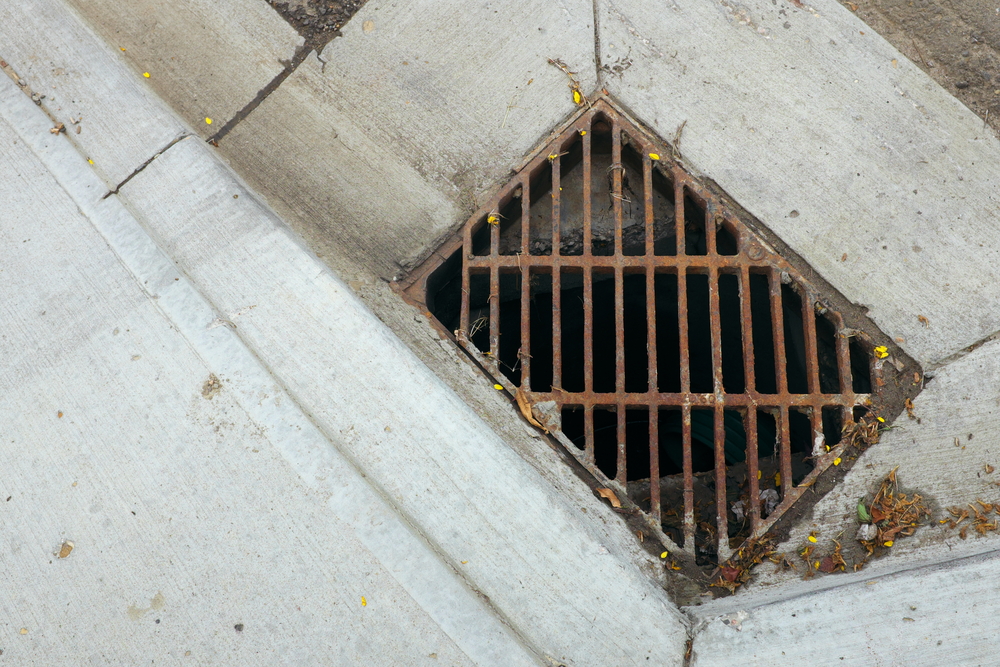 |
Stormwater management is one of the most regulated areas of environmental compliance. Stormwater permits are required for businesses, but state and local agencies must also meet compliance objectives via those permits. This requires accountability within the system to ensure goals and methods of meeting them are aligned, performance is measureable, and long- and short-term goals are met on schedule.
With the ever increasing use of green infrastructure, accountability is being built into standards and center on meeting specific predetermined parameters, rather than using a predetermined type of green infrastructure. For example, the U.S. Environmental Protection Agency (EPA) says that rather than design a new standard to require the use of one type of green infrastructure, such as low-impact development (LID), to achieve an end, “A more effective approach would be to define the standard as the desired result and allow for various green infrastructure or green-grey combinations to achieve this result.” In other words, fit the practice to the standard, rather than the standard to the practice.
Join us for an in-depth webinar on December 18. Our presenter, a seasoned EHS veteran, will provide an analysis of the proposed MSGP changes and suggest ways for EHS professionals to evaluate the impact of the changes and develop a compliance strategy.
This approach to standards also applies to permits, allowing the use of “quantifiable metrics” no matter what type of green infrastructure is implemented. The EPA uses metrics to measure and assess performance as it relates directly to the desired outcome or goal. In regard to stormwater and green infrastructure, the EPA recommends using metrics that “gauge both implementation and effectiveness.” Implementation metrics would include such items as number, size, and capacity of green roofs, rain gardens, or other such green infrastructure while effectiveness metrics are the result of monitoring and assessment of how well they work, including erosion rates, water quality attainment, or stormwater capture amounts, depending on the type of method(s) used.
Permits may also specifically define the type of monitoring (e.g., continuous flow sampling versus grab sampling) that is required, depending again on the method and the goals such as volume reductions or reductions in pollutant loadings. The thing to remember is that metrics must be appropriate to evaluate and ensure achievement of the desired outcomes. This may also include short-term, interim performance criteria set at certain volumes and/or demonstrable reductions in pollutant loads.
Learn the key proposed 2013 MSGP changes, and get a review of the existing 2008 MSGP requirements , and much more during our in-depth webinar on December 18, 2013.
Register Now
Stormwater permits that include green infrastructure should also incorporate a well-defined schedule with milestones and deadlines for establishing benchmarks, implementing pilot projects, and installing green infrastructure. This schedule will include reporting requirements relating to the project overall, milestones, implementation activities, monitoring results, and operation and maintenance (O&M) activities, to name a few.
One of the most important permit aspects is the long-term O&M of the green infrastructure, to ensure it remains an effective and viable stormwater control mechanism. This may require O&M plans and schedules established with an accountable entity. When the green infrastructure is on private property, certain other requirements may be necessary, including:
- Codes and or ordinances for private property owners to provide O&M, including enforcement provisions;
- Maintenance agreements;
- An inspection program (third-party or municipal inspection and reporting); and
- A system to track locations and types of green infrastructure, responsible parties, and maintenance reports and needs.
With regard to O&M, permits should clearly define what constitutes noncompliance, keeping in mind variables such as soils, seasons, climate conditions, land use, and other influencing factors.
The success of green infrastructure may be much more dependent on the vagaries of nature than on most traditional stormwater methods so it is also important to include modification provisions “to deal with performance issues or unexpected occurrences” such as extreme weather events. In general, this may be accomplished using the standard modification provisions in 40 CFR 122.62 for National Pollutant Discharge Elimination (NPDES) permits that define causes for permit modifications as well as for revocation and reissuance of permits.
